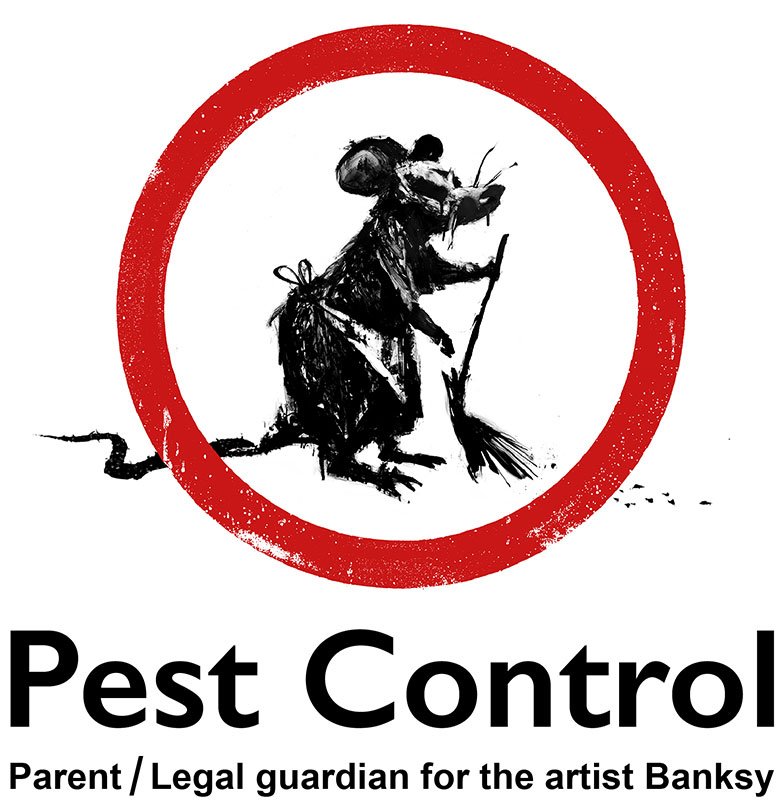Bed Insect Therapy Break Down: Contrasting Chemical Vs. Non-Chemical Solutions
In the realm of bug control, especially when handling the persistent concern of bed bugs, the selection in between chemical and non-chemical therapy remedies can be a crucial one. Both strategies supply distinct advantages and downsides, affecting variables such as performance, security factors to consider, and general expense. By checking out the nuanced details of each method, a clearer understanding of which course to go after in attending to a bed bug problem can be achieved.
Efficiency of Chemical Therapies
Chemical treatments for bed bug problems have actually been widely acknowledged for their quick and powerful efficacy in eradicating these parasites. When taking into consideration the efficiency of chemical treatments, it is critical to recognize that they can provide a comprehensive and quick service to a bed bug problem. Professional exterminators frequently count on insecticides to target bed bugs at various stages of their life process, consisting of eggs, nymphs, and adults. These chemicals typically function by interrupting the bed bugs' worried system, leading to paralysis and eventual fatality.
In addition, chemical treatments have the advantage of supplying recurring impacts, indicating that they can proceed to remove bed insects even after the initial application. This residual action is especially advantageous in combating any type of possible re-infestations. Furthermore, the quick activity of chemical treatments can bring alleviation to individuals encountering serious bed pest infestations, permitting them to restore control of their home rapidly.
Security Worry About Chemical Solutions
One crucial facet that needs careful factor to consider when using chemical solutions for bed pest treatment is guaranteeing the safety and security of passengers and the environment. Direct exposure to specific chemicals made use of in bed insect treatments can lead to respiratory concerns, skin irritability, or other damaging responses, specifically in people with pre-existing problems or level of sensitivities.
In addition, the ecological influence of chemical services is one more substantial consideration. Some chemicals utilized in bed bug treatments may be dangerous to valuable bugs, wild animals, and environments if they seep into the dirt or water systems. It is important to utilize chemical therapies judiciously, complying with safety and security guidelines, and taking into consideration less harmful choices to mitigate these dangers and make certain the risk-free and reliable monitoring of bed pest invasions.
Benefits of Non-Chemical Approaches
Taking into consideration the potential safety and security issues and environmental influence associated with chemical solutions for bed bug therapy, discovering non-chemical methods offers a promising option with numerous distinct benefits. Non-chemical methods provide a safer option for families, specifically those with pets, people, or children sensitive to rough chemicals. These techniques eliminate the dangers of exposure to toxic substances, minimizing the possibility for adverse wellness results. Additionally, non-chemical therapies are eco-friendly, as they do not add to air or water pollution, making them a sustainable option for insect control.
Furthermore, non-chemical services can be effective in targeting bed insects, including hard-to-reach areas where chemical treatments may not pass through - A1 charlotte bed bug exterminator. official source Methods such as heat treatment, vacuuming, heavy steam cleansing, and mattress coverings give extensive eradication without the use of unsafe chemicals.
Limitations of Non-Chemical Treatments

Furthermore, non-chemical treatments typically require numerous applications to achieve effective removal. This can be taxing and may not always assure complete removal of all bed pests and their eggs, especially in concealed or hard-to-reach places.
Moreover, the success of non-chemical therapies greatly counts on proper implementation and thoroughness, which can be testing for individuals without specialist knowledge. Inadequate application of non-chemical approaches might lead to insufficient obliteration, resulting in persistent problems and the need for extra treatments.
Consequently, while non-chemical therapies have their benefits, it is important to acknowledge these restrictions and consider them when establishing one of the most effective method for handling bed pest problems.
Cost Contrast: Chemical Vs. Non-Chemical Options
Offered the constraints connected with non-chemical treatments, an essential element to review in the context of bed insect management is the cost comparison between chemical and non-chemical options. Chemical treatments usually include the paste control application of insecticides by experts, which can range from $250 to $900 per room, depending upon the intensity of the problem and the dimension of the location to be treated. On the other hand, non-chemical therapies like warmth treatment or heavy steam can be more pricey, with prices ranging from $1,000 to find here $6,000 for an entire home. While the initial price of chemical treatments may appear reduced, several treatments may be called for to totally remove the invasion, potentially increasing the overall cost. On the various other hand, non-chemical alternatives may supply a much more green and sustainable solution, although they can be cost-prohibitive for some individuals. Ultimately, when considering the price of bed insect therapy options, it is very important to consider the ahead of time expenditures against the effectiveness and long-term sustainability of the selected technique.
Conclusion

Thinking about the possible safety issues and ecological impact connected with chemical remedies for bed bug therapy, discovering non-chemical approaches provides an encouraging alternative with a number of distinctive benefits.Provided the restrictions linked with non-chemical treatments, a crucial aspect to examine in the context of bed pest management is the expense contrast between chemical and non-chemical choices. In comparison, non-chemical treatments like heat therapy or vapor can be a lot more expensive, with costs varying from $1,000 to $6,000 for an entire home. While the initial expense of chemical treatments might seem lower, numerous therapies might be called for to totally eradicate the infestation, potentially increasing the general expense.In final thought, when contrasting chemical and non-chemical bed insect therapy choices, it is important to think about efficiency, safety and security, advantages, constraints, and price.